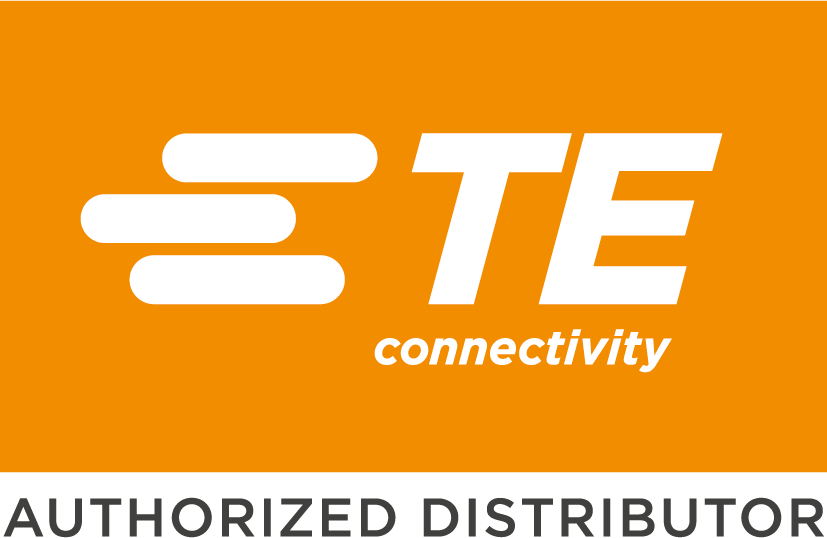
TE Connectivity AMP Connectors
TE Connectivity AMP Connectors is a globally recognized company that specializes in the design, manufacturing, and distribution of electrical connectors and interconnect solutions. With a rich history spanning numerous decades, the company has established itself as a trusted provider of innovative connectivity solutions. Offering an extensive range of products such as connectors, terminals, cables, antennas, sensors, and more, TE Connectivity AMP Connectors caters to diverse industries including automotive, aerospace, telecommunications, industrial equipment, and consumer electronics. The company's unwavering commitment to quality and customer satisfaction is evident in its stringent manufacturing processes and adherence to international standards. TE Connectivity AMP Connectors strives to deliver high-performance, reliable, and durable products that meet the demanding requirements of various applications. TE Connectivity AMP Connectors remains at the forefront of technological advancements through its focus on research and development. By investing in cutting-edge technologies and fostering collaboration with industry partners, the company ensures that its products are innovative and capable of addressing evolving customer needs. In addition to its broad product portfolio, TE Connectivity AMP Connectors provides comprehensive technical support and consultation services. These offerings assist customers in selecting the most suitable solutions for their specific requirements. With a global presence, the company serves a diverse customer base across different regions. Overall, TE Connectivity AMP Connectors is a reputable and esteemed leader in the field of electrical connectors and interconnect solutions. Its dedication to innovation, quality, and customer satisfaction continues to contribute to the advancement of technology worldwide.
Motors - AC, DC
Results:
4
Series
Torque - Rated (oz-in / mNm)
Operating Temperature
Diameter - Shaft
Termination Style
Encoder Type
Voltage - Rated
Size / Dimension
Mounting Hole Spacing
Length - Shaft and Bearing
RPM
Function
Type
Power - Rated
Motor Type
Torque - Max Momentary (oz-in / mNm)
Features
Gear Reduction Ratio
Results remaining:4
Applied Filters:
TE Connectivity AMP Connectors
Motors - AC, DC
AC and DC motors are electromechanical devices that convert electrical energy into mechanical motion or vibration. These motors are widely used in various applications where precise control over movement is required. Brushed DC motors are one of the most common types of motors. They consist of a rotor (also known as an armature), a stator, and brushes that make contact with the commutator. When a current is applied to the brushes, it creates a magnetic field that interacts with the permanent magnets on the rotor, causing it to rotate. Brushless DC motors, on the other hand, eliminate the need for brushes and commutators. Instead, they use electronic controllers to switch the direction of current flow in the stator windings, creating a rotating magnetic field that drives the rotor. Brushless DC motors offer advantages such as higher efficiency, longer lifespan, and reduced maintenance. Stepper motors are often used in applications that require precise positioning. They divide a full rotation into a series of steps, allowing for accurate control over angular displacement. Stepper motors can be controlled in open-loop or closed-loop systems, providing excellent control accuracy. Linear actuators are devices that produce linear motion. They are commonly used in applications that require controlled movement along a straight line. Linear actuators can be driven by AC or DC motors, and they can provide precise and repeatable linear motion. Servo motors are widely used in industrial automation and hobbyist applications. They offer high torque and speed control capabilities. Servo motors use feedback control systems to achieve accurate position, velocity, and torque control. They are commonly found in robotics, CNC machines, and remote-controlled vehicles. Vibration generating motors are specialized motors used in haptic applications, such as in smartphones, gaming controllers, and wearable devices. These motors create vibrations or vibrations with variable intensities, providing tactile feedback to the user. In summary, AC and DC motors are electromechanical devices that convert electrical energy into mechanical motion or vibration. This family includes brushed and brushless DC motors, stepper motors, linear actuators, servo motors, and vibration generating motors. Each type of motor has its own unique characteristics and is suitable for specific applications that require precise control over movement or vibration.

